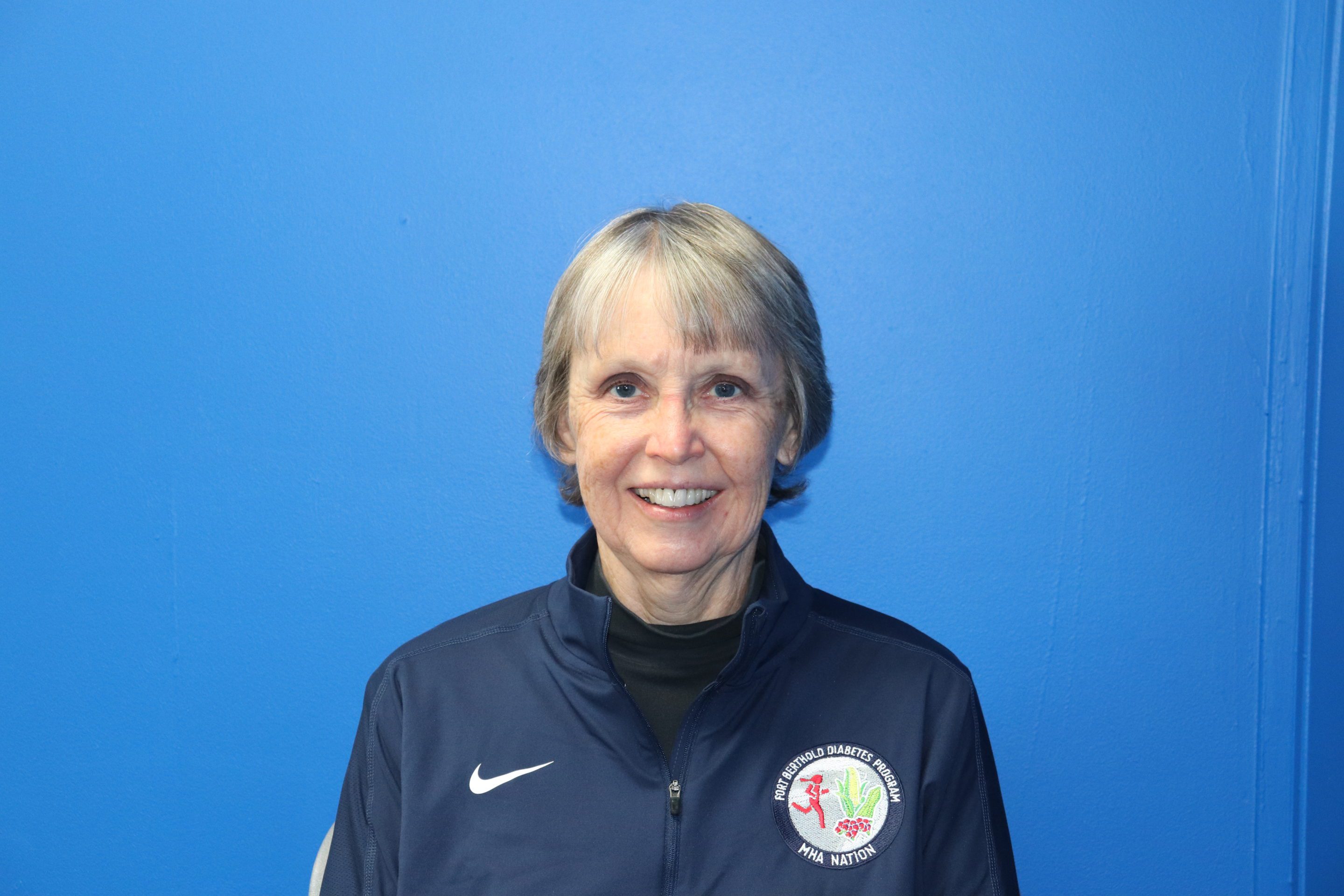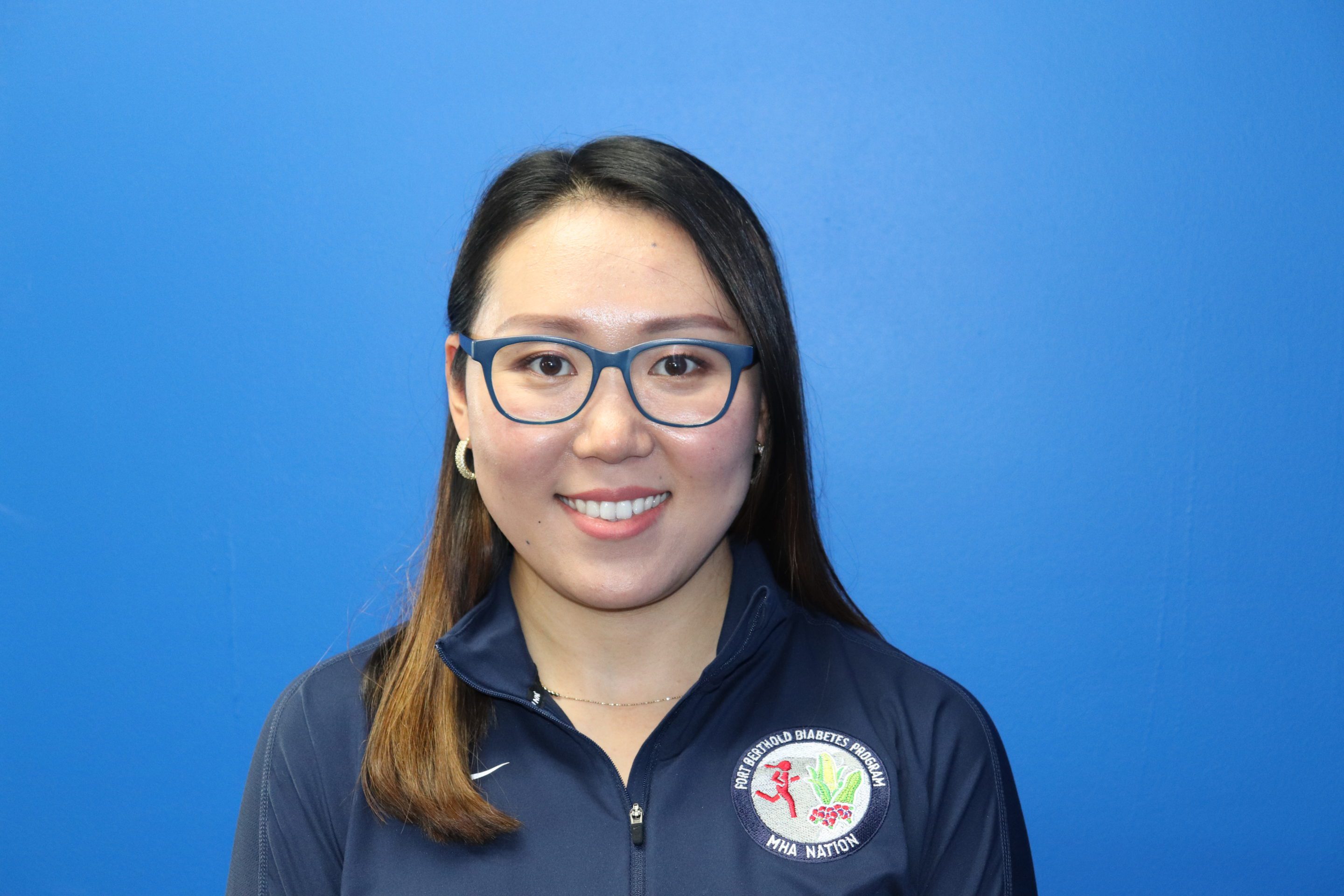Purpose:
The Fort Berthold Diabetes Program has been awarded a 5-year $1.7 million Good Health and Wellness in Indian Country (GHWIC) Grant from the Center for Disease Control and Prevention (CDC). This 5-year program is CDC’s largest investment to improve health among Indigenous Communities to support a coordinated, holistic approach to healthy living and chronic disease prevention, reduce obesity, prevent type 2 diabetes, and other risk factors for heart disease and stroke. This program implements evidence-based and community-clinical linkage supportive strategies adapted to fit the needs of our community with long term goals to increase the availability of healthy food, increase physical activity, reduce the incidence of type 2 diabetes, reduce the prevalence of high blood pressure, and reduce the prevalence of high blood cholesterol.
In the first year of the program, the team is working towards implementing the following strategies:
Year 1

STRATEGY 1: IMPROVING TRIBAL FOOD AND BEVERAGE PROGRAMS/SYSTEMS:
Twin Buttes School District System Level Change
The Fort Berthold Diabetes Program Registered Dietitian (RD) worked with the Twin Buttes School Principal to complete 9 weeks of menu reviews and made suggestions to align with the National School Lunch Program. The GHWIC team provided the school with resources for potential grant funding to purchase a salad bar.
Healthy Food and Beverage Recommendations Document
The Diabetes Program RD wrote the Healthy Food and Beverage Recommendations document to provide education on healthy foods and beverages. The RD discussed this document with the Twin Buttes School Principal. The Principal planned to discuss the document with the School Food Service Manager.
Twin Buttes Convenience Store
The GHWIC team created a Food Access Survey in collaboration with the South Shore Convenience Store Manager to identify customers’ shopping experiences in the Twin Buttes C-Store and to identify potential ways to expand the availability of healthy food and beverage options in the Twin Buttes community.
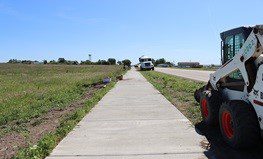
STRATEGY 1: CONNECT ACTIVITY-FRIENDLY ROUTES:
Twin Buttes Walking Path Improvements
The GHWIC program collaborated with the Twin Buttes South Segment with their walking path improvement project. The GHWIC Program supported the effort by providing lighting, rest area bench and shade, historical and educational signs, and safety beacons in the high traffic areas in the community. The program also plan on planting Juneberry, chokecherry, and cedar trees along the walking path in Twin Buttes in the spring of 2021.
Twin Buttes Walking Path Survey
The Walking Path Survey was created to identify whether or not the improvements made to the Twin Buttes walking path met the community members’ needs to provide a safe and accessible place for physical activity.
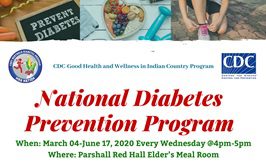
STRATEGY 3: ESTABLISH OR EXPAND THE RESEARCH OF CDC-RECOGNIZED TYPE 2 INCREASE DIABETES PREVENTION PROGRAMS.
National Diabetes Prevention Program (DPP):
The GHWIC team initiated the National DPP, an evidence-based lifestyle change program to reduce the risk of type 2 diabetes in the Fort Berthold Community. The first National DPP class was held in-person at the Parshall Red Hall Community Center on March 11, 2020. Due to COVID, the remaining 25 National DPP classes were cancelled. The GHWIC team plan to use an online platform for the National DPP “Health and Lifestyle Training (HALT)” that is provided and sponsored by the North Dakota Department of Health (NDDOH) Division of Diabetes. The NDDOH plans to provide training on using the platform once HALT has been released for use. The FBDP plan to begin the HALT program in FY2020. All classes will be held online.
Eight of the Diabetes Program staff attended the National Diabetes Prevention Program Lifestyle Coach Training and received their certification.
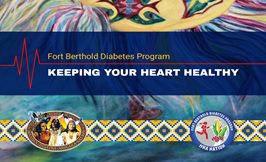
STRATEGY 4: CULTURALLY-RELEVANT MATERIALS TO LINK CLINICAL AND COMMUNITY RESOURCES
A culturally-relevant Keeping Your Heart Healthy eBook was developed for the health care providers to use as an education tool with community members. The GHWIC team worked with BrandPoint Marketing Company to complete the eBook for publication. Link to the e-book will be included here.
Cardiovascular Disease and Hypertension Prevention Videos
Four culturally-relevant Cardiovascular Disease and Hypertension Prevention videos were developed to link clinical and community resources. The GHWIC team worked with KAT Marketing to create the videos for use on the Good Health TV Network on the Fort Berthold and nationwide. Link to the videos will be included here.
Billboards
Billboards messages were posted regarding sugar-sweetened beverages, elevated blood pressure and physical activity. The FBDP has reserved two billboards through 2024 for GHWIC messaging.
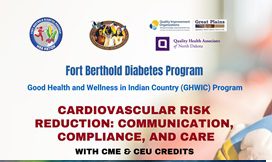
STRATEGY 4: VIRTUAL CARDIOVASCULAR RISK REDUCTION TRAINING: COMMUNICATION, COMPLIANCE AND CARE
A virtual Cardiovascular Risk Reduction training was held on September 10, 2020 to Health Care Workers with EMHC and Tribal Health Professionals. Presenters used PowerPoints and handout materials to provide the training on the following topics:
- 1 hour – Improving Adherence and Compliance: Motivational Interviewing and other Communication Skills
- 1 hour – Cardiovascular and Kidney Disease Risk Reduction
Also, recorded training webinar link was distributed to the health professionals who were unable to attend the live training. Training attendees received CME and Nursing Contact hour credits upon completion of the training.
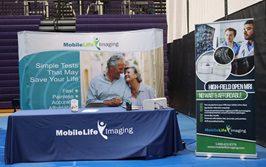
STRATEGY 4: MOBILE LIFE IMAGING DATA COLLECTION
Flyers were posted throughout the community to promote the Mobile Life Imaging data collection event which was held in New Town ND in July 2020. Total of 59 people attended the Mobile Life Imaging data collection. All of the participants had a diagnosis of cardiovascular disease, hyperlipidemia and/or hypertension. The following data were collected for each participant: blood pressure, pulse, total blood cholesterol, HbA1c, body mass index, carotid artery disease (CAD), aneurysm, peripheral artery disease (PAD), and arterial stiffness index (ASI). Participants with occluded CAD, aneurysm, and/or abnormal ASI were referred to their primary care provider.
A Diabetes Program Registered Dietitian and Community Dietitian met with each participant in the Mobile Life Imaging data collection event and provided education on approaches to lower blood pressure and decrease sodium intake. Each participant received one of either the American Diabetes Association (ADA) Healthy Calendar Diabetic Cooking, Month of Meals Collection or America’s Test Kitchen Complete Diabetes Cookbook provided to the attendees
GHWIC Staff
